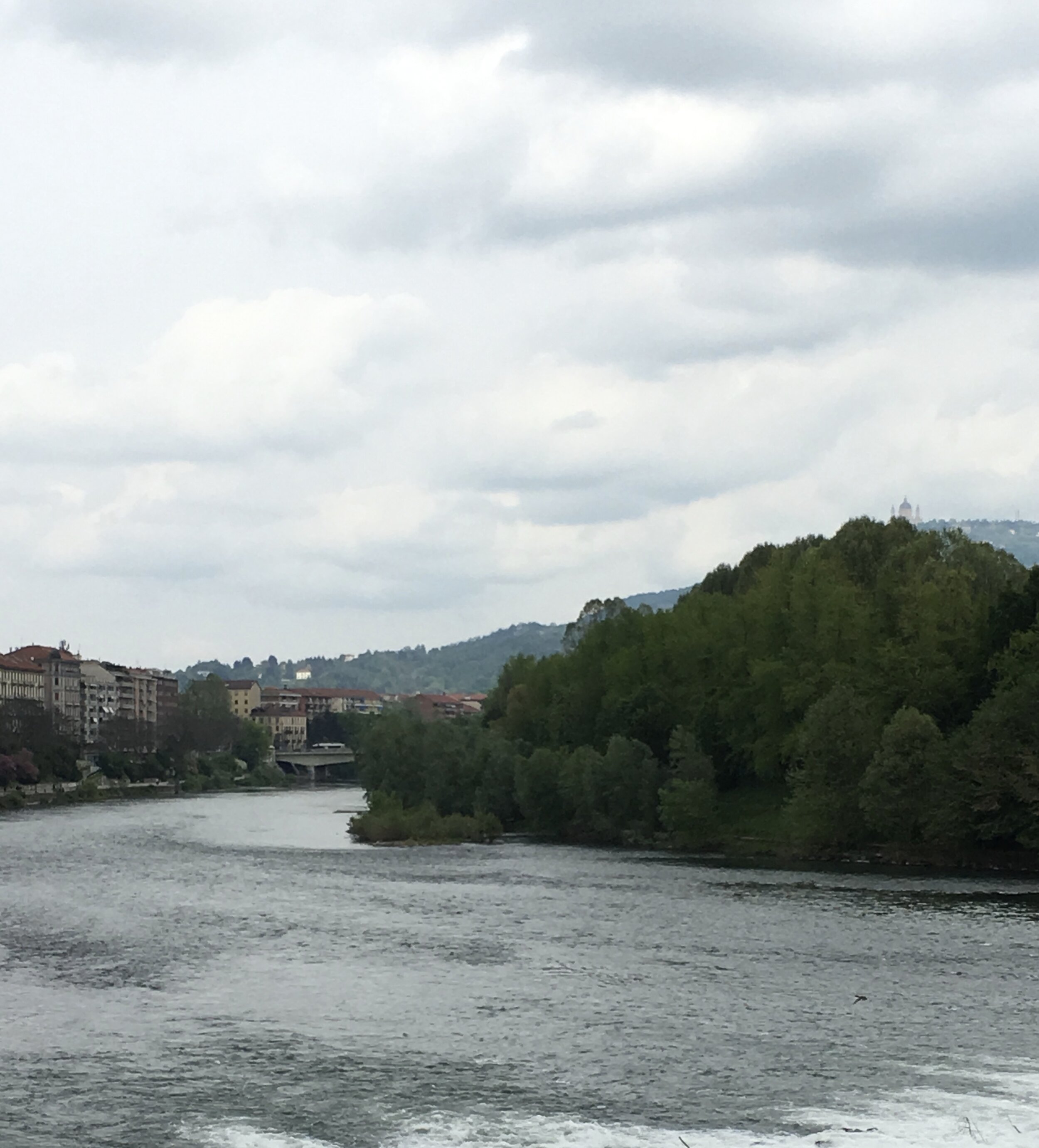Introduction to the city of Torino
Visiting the capital city of Torino makes a great long-weekend trip. Probably one of the best pieces of trivia is that Torino has not only been the capital of Piemonte, but it was also the first capital of Italy from 1861-1865. Torino started to rise to prominence even centuries before, however, when in 1562, the Duke of Savoy, Emmanuel-Philibert, transferred the capital of his Duchy (the Duchy of Savoy) to Turin. The Savoy legacy is represented around the city and beyond in the architecture, specifically, the Residences of the Royal House of Savoy, which became a UNESCO site in 1997. Palazzo Madama, for example, is one of 22 residences that were built after 1562 when the Duke of Savoy made the big capital move. The Palazzo Madama represents many styles as it spans so many decades of architecture and history. The foundations of the building are Roman, however, being a gate that was part of the Roman walls in the 1st century BCE.
While walking around the city of Torino you can also delight in the multiple styles of architecture— Roman, Renaissance, Baroque, Rococo, Neo-classical, and Art Nouveau to name a few, all adorning a city that had great political prominence and power for centuries, thanks to influential leaders. Attention waned after World War 2 especially, but Torino has redirected attention in past decades as a cultural capital of Italy. It is the fourth largest city after Rome, Milan and Naples.
Many high-speed trains from other major cities in the country, such as Venice, Florence and Rome, will facilitate an easy trip. I took a long weekend trip from Rome, and it was perfectly pleasant stress-free travel. We stayed at an Airbnb walking distance from the train station. It was an extremely clean, quite small studio apartment, but suited our needs for a few nights. Torino is a capital city and also a city of capital, placing third only after Milano and Roma in terms of economic strength. It is equally strong as a capital of culture as Torino boasts an impressive range of museums. Some of the most famous are the Museo Egizio (Egyptian museum which ranks only second to the Cairo in size) and the National Cinema museum. This second museum is located in the Mole Antonelliana, as seen in the cover photo to this post, and which is often used as a symbol for the city. It was originally conceived as a synagogue.
My Italian friend Stefano who lived in Torino for postgraduate work gave me a sizable list of notable ‘piazze’ to visit. Namely, Piazza Castello, Piazza Vittorio, Piazza Carlina, Piazza del Mercato (Porta Palazzo), Piazza Solferino and Piazza San Carlo. The Baroque Piazza San Carlo was one of my favorites because it also has some of the famed cafes and confectionary shops. Similarly, I mention some of the significant, historical cafes in my Friuli Venezia Giulia section, and here in Torino, I dare say, there might be even more choices; they represent the 18th, 19th, and 20th centuries with the diverse architectural styles that come along with them. Read more in the post on historical cafes.
The city of Torino is quite grand, but like most Italian cities, it felt very ‘walkable’. I would set out on foot make discoveries on your own. There seems to be an artistic treasure at every turn. Read more about restaurants and specific spots in the capital city in the following posts.




